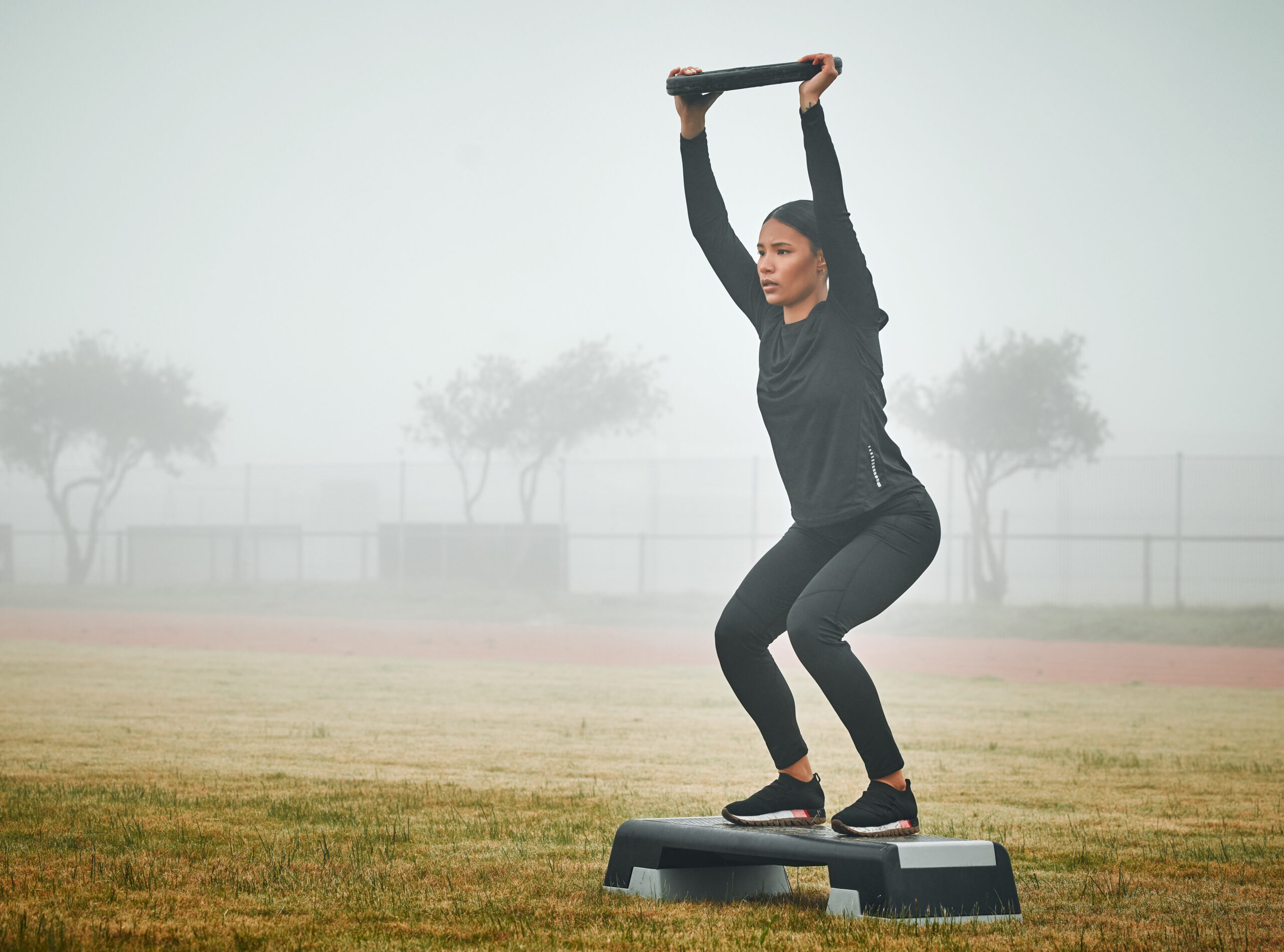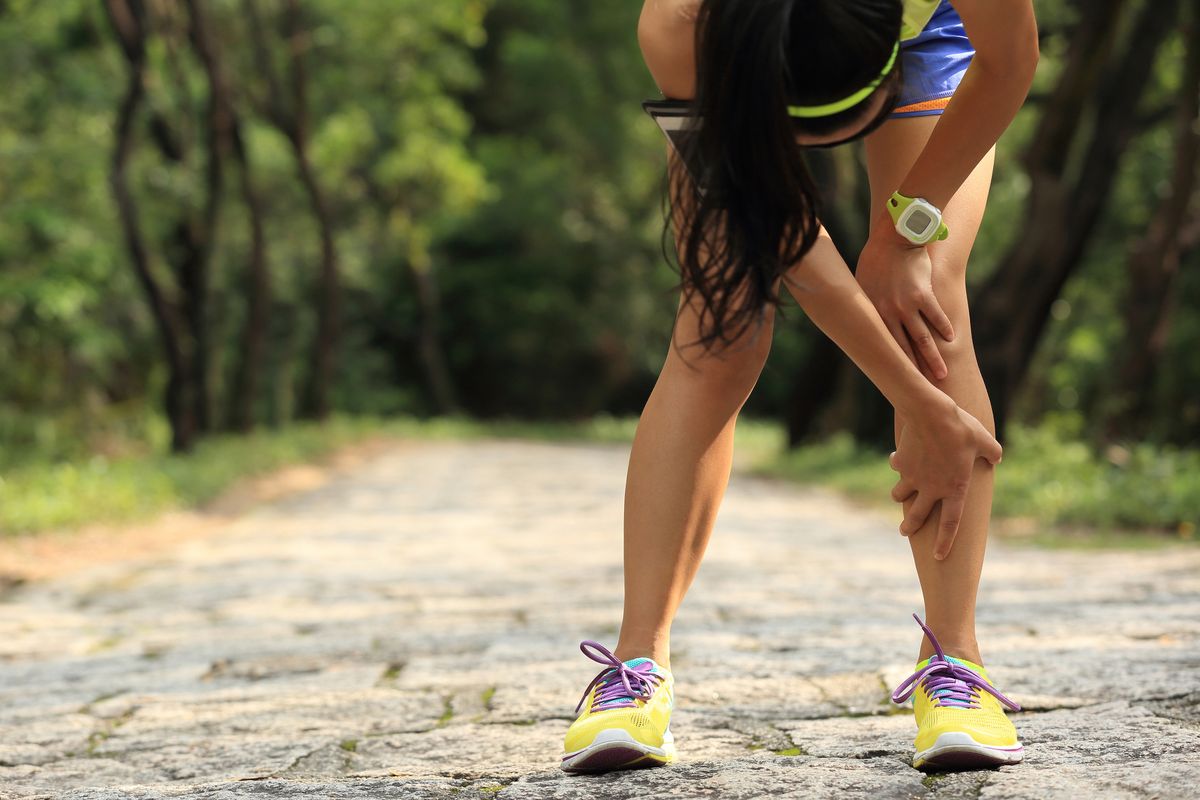If you’re really serious about improving your running performance, you’re in the perfect spot.
As runners, we often get caught up in piling on the miles—but hitting the pavement isn’t the full story.
Here’s the truth.
Adding strength training to your routine changes the game. It’s more than muscle—think fewer injuries, better running efficiency, and a faster path to your goals
What’s not to like, really!
Now, if you’re thinking, “Strength training? That sounds intense,” don’t worry!
No matter where you are in your strength training journey—total beginner or gym regular—I’m here to help
In this post, I’ll guide you through setting up a strength training regimen that complements your running, whether you’re a beginner or seasoned in the gym.
What Is Strength Training?
At its core, strength training is all about making your muscles work against resistance—weights, machines, or even your own body. And don’t worry, you don’t have to lift heavy weights to see results.
Did you know that simple bodyweight moves like push-ups and squats can build strength and stamina just as well—if not better—than traditional weight lifting?
And the benefits don’t stop there.
I’ll be honest: for the longest time, I was one of those runners who thought all you needed was running to get better at running.
If I wanted to improve, I figured I just needed to run more miles maybe throw in some speed work.
It seemed logical—run more, get better. But that approach left me nursing shin splints, knee pain, and tight hips all too often
After a few frustrating months, a friend—a much better, more seasoned runner—asked me a simple question: ‘Have you tried strength training?’
So I decided to give it a try.
I started small with bodyweight exercises like squats, lunges, and planks. To be honest, at first, it felt a little pointless. I was not holding any weights here, just doing these slow, controlled movements.
But, after a few weeks of consistency I started getting stronger. And that strength carried over to my miles.
Let me explain more why strength for runners matters and it matters a lot.
Why Should Runners Do Strength Training?
When I first integrated strength training into my routine, I was skeptical. I mean, I’m a runner, not a weightlifter, right?
But after just a few months of consistent bodyweight exercises, the difference was undeniable.
My runs felt easier, my body felt stronger, and those nagging injuries? They started disappearing.
Don’t take my word for it. Let me back this up with some science:
- Improved Performance: A study published in the Scandinavian Journal of Medicine and Science in Sports found that runners who combined endurance and strength training improved their 10K times and running economy. Muscle strength also saw a big boost.
- Better Running Economy: A study in the International Journal of Sports Physiology and Performance showed that strength training improved running economy by 2.9% after six weeks. That’s a huge deal when it comes to running more efficiently.
- Fix Muscle Imbalances: Strength training helps correct muscle imbalances, a common cause of overuse injuries. It can safeguard your body and keep you running strong.
- Increased VO2 Max: A study in the Journal of Strength and Conditioning Research found that a 12-week strength program improved VO2 max by 5.7%. VO2 max measures your body’s ability to use oxygen, improving it helps your overall endurance.
- No Bulking Up: Worried about bulking up? Don’t be. The right strength training plan will strengthen you without adding unwanted muscle mass.
Finding Balance Between Running and Strength Training
If you’re wondering how to fit strength training into your already-packed running schedule, don’t worry—it’s easier than you think.
First, focus on your goals. Do you want to correct muscle imbalances, improve your form, or prevent injury? Whatever it is, you can tailor your strength program to fit your needs. Just 20-30 minutes of strength work two or three times a week can make a difference.
I recommend giving your muscles 48 hours of rest between strength workouts to recover and grow stronger.
Figuring out how to balance running with strength training was a game-changer for me. Initially, I tried doing both on the same day, but I quickly learned that separating them gave me better results.
Now, I strength train on non-running days, and it’s made a world of difference in my energy levels and performance
Still hesitant? Here’s how to run after a strength workout.
Warm Up Before You Lift
Before jumping into your strength workout, warm up your muscles. A 10-minute warm-up of brisk walking, jogging, and dynamic stretches (like lunges or high knees) will prepare your body to lift. Remember to cool down and stretch—it’s key for flexibility and recovery.
The Importance of Proper Form
Proper form is crucial when it comes to strength training. It’s better to do fewer reps with perfect form than to rush through and risk injury. Bad form can lead to muscle imbalances and inefficient movement, which are not helpful in the long run.
And don’t take my word for it.
A study published in the Journal of Strength and Conditioning Research found that proper form during squats increased muscle activation in the quadriceps, glutes, and hamstrings.
To build proper form, do the following:
- Engage your core, stand tall, and head in a neutral position.
- Focus on smooth, slow lifts and equally controlled descents.
- Move slowly, ensuring you rely on muscles, not the moment, to do the lifting.
- Protect your joints by gripping them properly.
- Keep your body well-aligned and move smoothly through each exercise. Don’t use momentum to swing the weight around.
- Keep your shoulders relaxed and down. Do not shrug. Avoid aligning your ears with your shoulders.
- Exhale as you lift the weight and inhale as you lower it.
What’s more?
Consider hiring a personal trainer to teach you proper form from the get-go and learn how to properly complete each exercise. Investing in a few sessions with a personal trainer was one of the best decisions I made for my strength training journey. They corrected my posture, taught me how to engage my core properly, and showed me that quality trumps quantity every time.
Can’t afford one?
Study online videos and tutorials to learn proper lifting techniques—plenty of sources are around.
Running vs. Strength Training: Start Simple
Let’s talk about balancing your running and strength training.
As a beginner, focusing on two non-consecutive days of full-body strength training each week is best. Start with simple, equipment-free routines that target five key movement patterns: squatting, pushing, pulling, hinging, and core work.
Mastering these fundamental movements will help reduce your risk of injury and set the foundation for lifting heavier weights down the road.
Once comfortable, you can add resistance to deadlifts, glute bridges, reverse lunges, overhead presses, hammer curls, and chest presses. Don’t worry if you’re unfamiliar with the equipment—bodyweight exercises are the perfect stepping stone to strength training. Research shows they can be as effective as weights, especially for beginners or those without gym access.
As you get fitter, try introducing tools like TRX bands, resistance bands, kettlebells, barbells, and machines. And remember, it’s all about progression—start small and build up as you get stronger.
Running and Strength Training Schedule
If you’re new to strength training, you might wonder how to combine it with your running routine. Should you run first, then weight train, or lift the weight and hit the pavement?
My advice is simple: lift first, run later. During your first few months, prioritize your strength training routine to improve your technique and form and avoid getting distracted by fatigue from running. Once you’ve developed a solid foundation, you can switch up the order or perform both workouts on separate days.
Here’s a basic schedule that can help you make progress and avoid injury:
- Monday: Interval run
- Tuesday: Strength workout
- Wednesday: Easy run
- Thursday: Strength workout
- Friday: Long run
- Saturday: Strength workout
- Sunday: Rest
Finding the Right Weight
When it’s time to add weights, start with a manageable weight and slowly build from there. If you swing the weights around or use momentum, the load is too heavy, and you need to scale back.
Ideally, your muscles should feel fatigued by the last couple of reps. If you’re breezing through, it’s time to increase the weight.
The right weight depends on the exercise. For example, with chest presses, ensure you can control the weight throughout the movement. If you rely on momentum to finish those last reps, go for a lighter weight.
The Range Reps
When it comes to the number of reps, keeping them low and the weight challenging enough is the way to go. Opt for a weight you cannot lift more than eight times and do at least three sets of five to eight repetitions per exercise.
Reps really do impact your results
Here is a quick overview of the number of reps and its impact on your strength results
- The 2 to 5 range rep builds super dense muscle and strength.
- The 6 to 12 rep range: This builds both muscular strength and muscular
- The 12 rep range and above. Ideal for building endurance.
Beginner Strength Running Plan For Beginners
If you are just starting, take your training slowly and alternate between weight-lifting and running days.
According to a study published in the Journal of Strength and Conditioning Research, alternating between strength training and cardio on different days can result in better performance improvements than doing both on the same day.
Otherwise, you risk overtraining, which can lead to injury and slow your progress.
As a beginner, start with two strength workouts a week for three to four weeks, then add a third workout in month two.
Research shows that beginners can gain strength with just two weekly workouts.
Shoot for at least 20 to 30 minutes per session, then gradually add time and intensity until you’re lifting hard for 50 to 60 minutes a session.
A study published in the Journal of Applied Physiology found that a longer duration of resistance exercise led to greater muscle hypertrophy, or growth, in untrained individuals.
The Concept of Training Split
To schedule your workouts the right way, you need first to determine what weight training split and weekly schedule to opt for.
If you’re familiar with strength training, you already know how splits work If not, then below is a simple explanation and description.
The most common and widely tested is the 3-day full body split. This is what I’d recommend any beginner. I cannot emphasize it enough.
Additional Resources
For further reading on the benefits of strength training for runners, check out these resources:
- American College of Sports Medicine
- Journal of Strength and Conditioning Research
- British Journal of Sports Medicine
Share Your Strength Training Journey!
We want to hear from you! Your experiences with strength training can inspire and motivate fellow runners. Take a moment to share your thoughts in the comments below. Here are a few questions to get you started:
- What strength exercises have you found most beneficial for your running?
- How has strength training impacted your performance?
- Do you have any tips for incorporating strength training into a busy schedule?
Your insights not only contribute to our running community but also help others who are navigating their own strength training journeys. Let’s learn from each other and build a supportive environment!

















